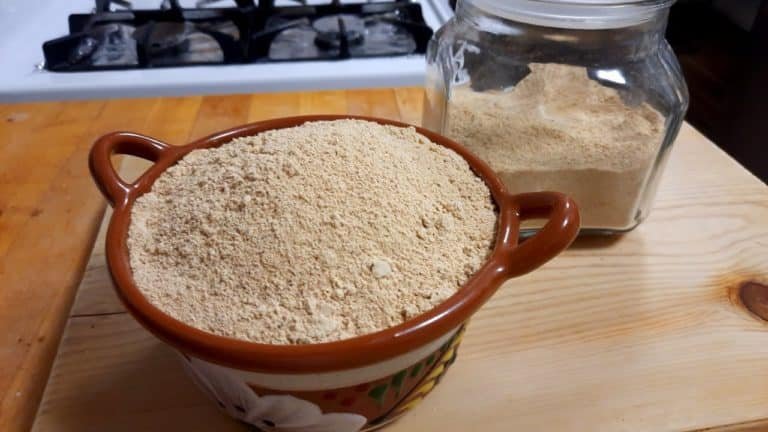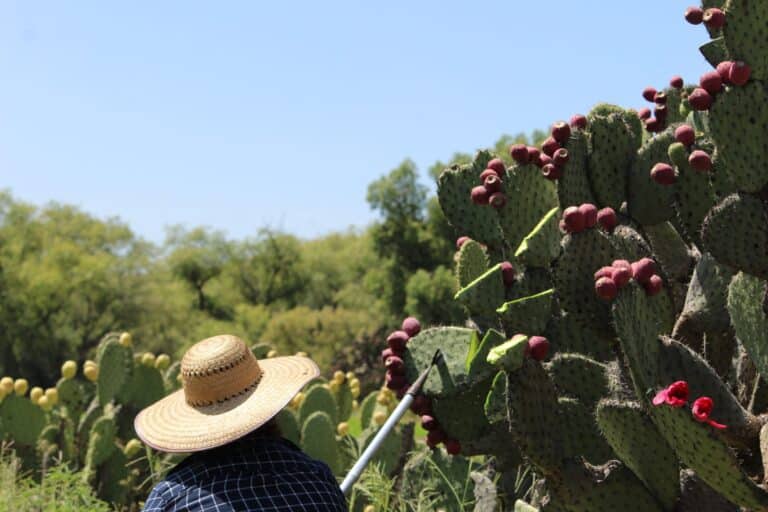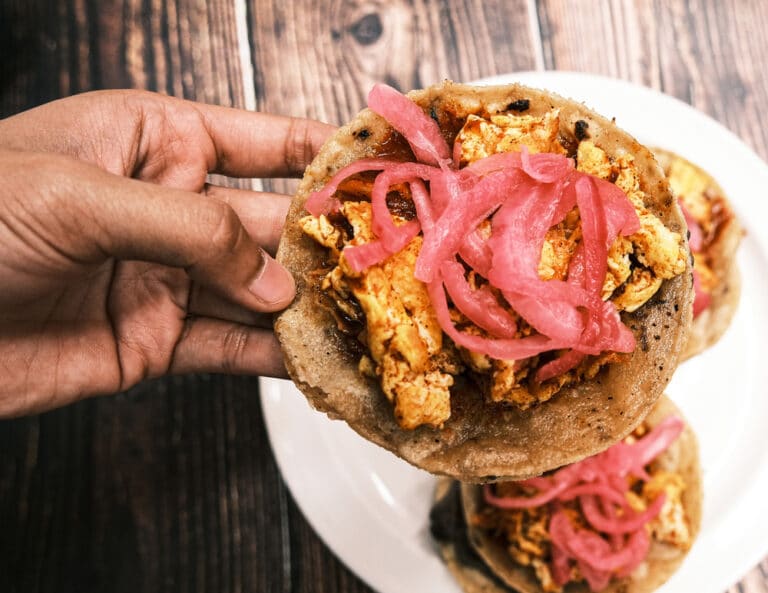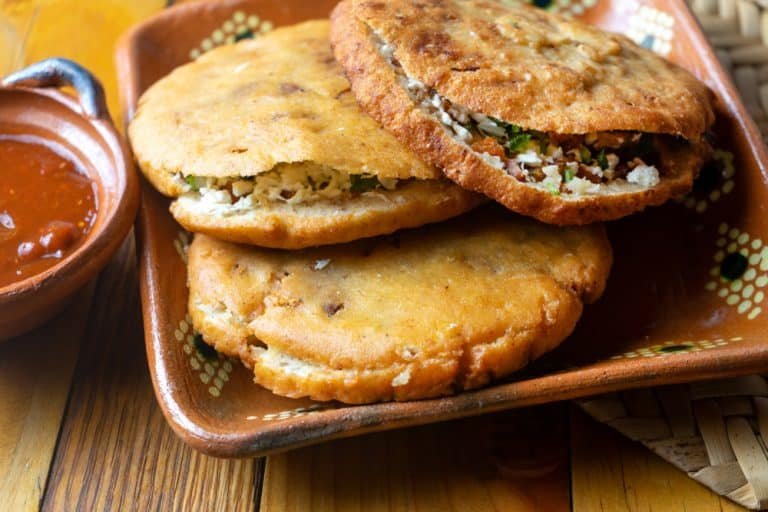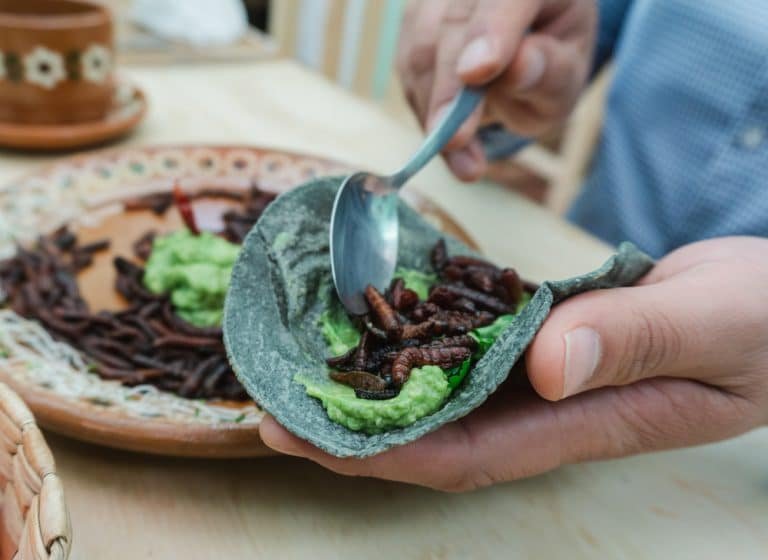Mezcal and Tequila: A Connoisseur’s Guide to Agave Spirits
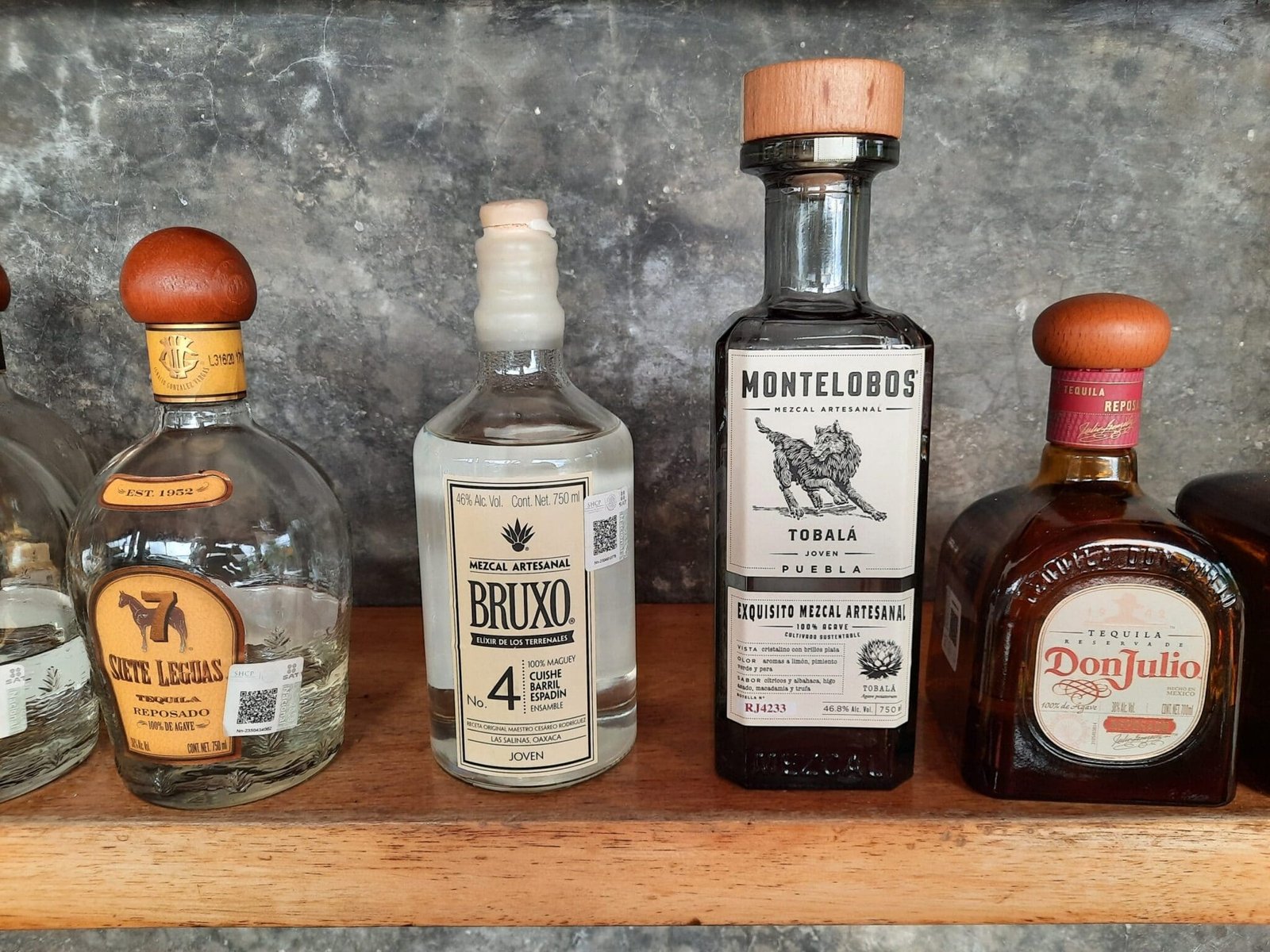
Mezcal and Tequila: A Connoisseur’s Guide to Agave Spirits
Welcome to the world of agave spirits, where ancient traditions meet modern palates in a symphony of flavor and culture.
Mezcal and tequila, two of Mexico’s most celebrated spirits, have captivated drinkers worldwide with their distinctive profiles and rich histories.
From the rugged landscapes of Oaxaca to the sun-drenched fields of Jalisco, these spirits are deeply intertwined with the land, people, and culture from which they originate.
In this comprehensive guide, we embark on a journey through the agave fields, exploring the intricacies of production, the nuances of flavor, and the cultural significance that makes mezcal and tequila more than just drinks—they’re expressions of a way of life.
Whether you’re a seasoned aficionado or a curious newcomer, join me as we delve into the depths of these revered spirits, uncovering their stories, unraveling their mysteries, and discovering what makes them truly special.
Tequila vs Mezcal
Still not clear about what the differences between tequila and mezcal are? Or why are they called differently if their raw material is the same?
I hope this article helps you clear these doubts. Let’s begin.
Drinks derived from agave are classified into two groups:
- Those produced from the extraction of sugars after scraping the stem (aguamiel and pulque)
- And those that come from cooking the heads, stems, and leaves to obtain distilled beverages, generically called: mezcal
Note that I said, “generically called mezcal.” I’ll get to this later.
If this sounds a bit confusing, let me explain using the wine-cognac analogy.
When you ferment grape juice, you get wine (aguamiel and pulque for agave plants).
And when you distill that fermented grape juice, you get cognac (in this case, mezcal or tequila).
Although some certified “Tequiliers” insist that mezcal is one thing and Tequila is another, the truth is that the latter is a mezcal according to the above definition.
Tequila vs Mezcal: They are both distilled from agave

Both are alcoholic beverages made from agave. Tequila is a mezcal, and mezcal is an agave distillate – therefore both are agave distillates.
The elaboration process is done following the same steps but with different tools.
Nowadays, most tequila factories are industrialized, whereas, in the case of mezcal, most of them are still artisanal.
Undoubtedly, when the history of mezcal started in Mexico, the history of tequila also began.
In fact, Tequila was called vino-mezcal de tequila, and it was in the middle of the 19th century that it finally kept only the name of tequila for commercial purposes.
This was precisely when tequila began to build its own history and position itself in the world as the typical Mexican beverage.
How much alcohol is in Tequila and Mezcal?
According to Mexican regulations, tequila must have between 35 and 45 degrees alcohol by volume.
The mezcal standard specifies that it must contain between 35 and 55 degrees alcohol by volume.
So mezcal does not necessarily have to be very “strong” for the palate. Currently, there are mezcals in the market under 40 degrees.
How many types of agave are there?

The NOM-006-SFCI-2005, which governs tequila, specifies that it is made only from Agave Tequilana Weber (blue agave).
In the case of Mezcal, it can be elaborated with the rest of the mezcal agaves existing in Mexico.
On the other hand, the standard that governs tequila allows it to be made using 51% agave and 49% other sugars for its production, not necessarily agave.
It is important that when you purchase any tequila, it says 100% Blue Agave on the label.
Mezcal is only allowed to be made with 100% agave (no added sugars).
Regions with the appellation of origin
Tequila is not only made in the town of the same name, Tequila Jalisco, and mezcal is not only made in Oaxaca.
Here is the breakdown of the states belonging to specific Denomination of Origin so that they can boast the corresponding names:
In Tequila, some municipalities in the following states fall under the Tequila Denomination of Origin (DOT): Jalisco, Guanajuato, Michoacán, Nayarit, and Tamaulipas.
In the case of Mezcal, the Denomination of Origin Mezcal (DOM) includes the states of Oaxaca, Guerrero, Durango, San Luis Potosí, Zacatecas, and some municipalities in the states of Guanajuato, Tamaulipas, Michoacán, and Puebla.
As you may have noticed, the states of Guanajuato, Michoacán, and Tamaulipas share both denominations.
That is to say, by law, they can produce tequila in their region with Agave tequilana and mezcal with any other agave.
Mezcal Classes and categories
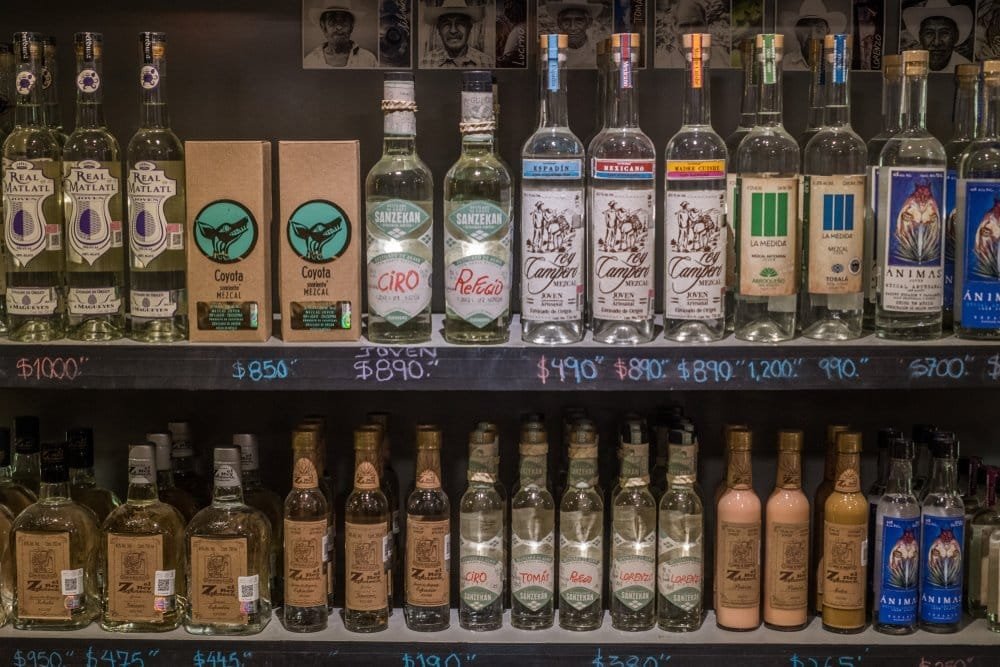
The first standard that was drafted to legislate mezcal production was 100% based on that of tequila.
It did not consider characteristic aspects of this beverage according to its production process, which changed in 2016 with the modification to the mezcal standard.
In mezcal, NOM-070-SFCI-2016 classifies this beverage into classes and categories, the first referring to the maturation processes and the second to the tools and processes used in its elaboration.
So the mezcal “classes” are as follows:
- Joven
- Reposado
- Añejo
Unlike tequila, mezcal is classified into 3 more categories:
- Ancestral
- Artisanal
- Mezcal (the latter should have been called semi-industrial)
In the case of Tequila, it is divided into 5 classes:
- Blanco or Silver
- Young or Gold
- Reposado
- Añejo
- Extra Añejo
For sale abroad, it is divided into:
- “Silver” instead of Blanco
- “Gold” instead of Joven or Oro
- “Aged” instead of “Reposado”
- “Extra aged” instead of Añejo
- “Ultra-aged” instead of “Extra aged”
Finally, both are Mexican beverages protected by international laws. However, Tequila production is currently mostly in the hands of international distributors, with very few Mexican producers.
Fortunately, in the case of mezcal, its production is mostly artisanal rather than industrial, and I hope this genuine characteristic will continue for years to come.
Other agave distillates
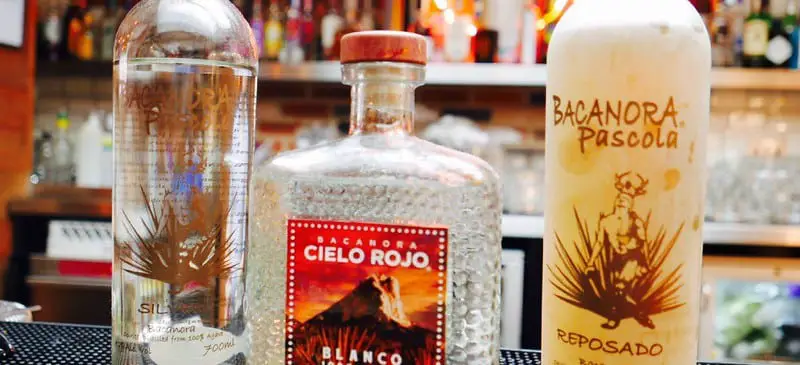
Mexico has impeccable quality in producing alcoholic beverages, the clearest example being beer.
Although commercial beer is one of the most sold and sought after nationally and internationally, craft beer is gradually positioning itself among lovers of the taste of malt and hops.
The same happens with agave distillates. Producers have been registering various spirits with national and international authorities to achieve what is known as Denomination de Origin.
This means that its production is restricted to a geographical area and protected by law.
Achieving this registration is not easy; it is subject to certain standards that study its origin, preparation, raw material, and tradition.
Once everything is proven genuine, it must be published in the Official Gazette of the Federation; now, it’s a protected product.
Here lies one of the differences between Tequila and other distillates: the geographical area of production.
Any spirit made from agave is a Mezcal
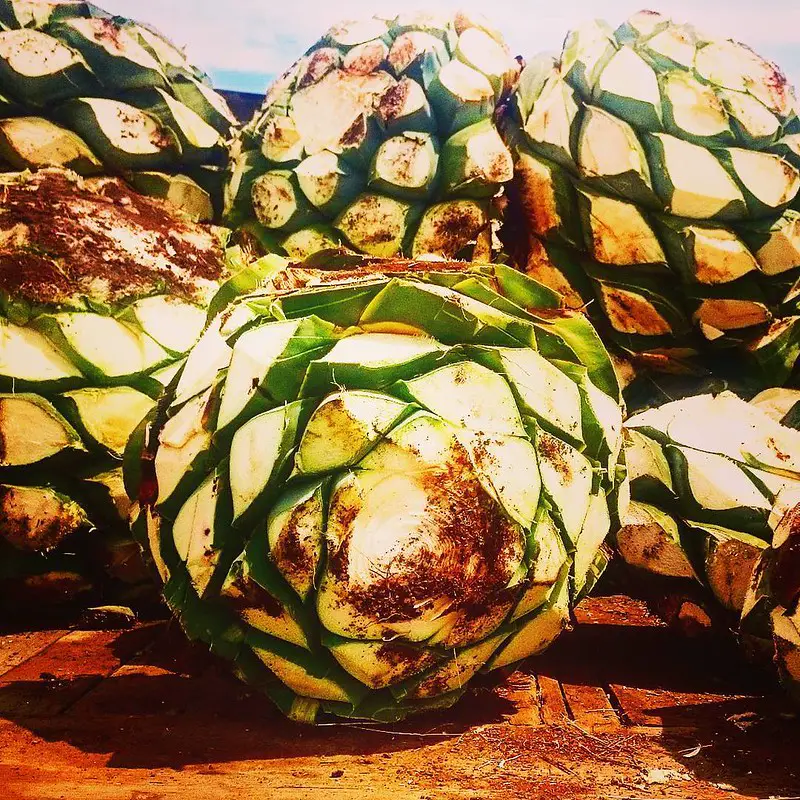
Remember when I said earlier, “generically called mezcal?” The word mezcal (náhuatl mexcalli) means cooked agave.
This means that any spirit made from any agave plant is a mezcal. Hence, tequila is a mezcal.
Mezcal, bacanora, charanda, sotol, and Raicilla are some of the agave-derived spirits found in Mexico. Still, not all are made in the same place, even though they follow practically the same process.
The second difference is in the type of agave from which they are derived.
They may look the same, but here is an example: the Dominican plantain is not the same as the macho one; beef cuts are not the same even if they come from the same animal.
The same happens with the more than sixty magueys (agave) species that exist in the Mexican territory.
With this in mind, we can say that the root is the same, but each agave distillate has characteristics that make them unique.
Although they are subtle, everything counts to make a difference, and practice will make you an expert; you must sacrifice and try them all!
Bacanora
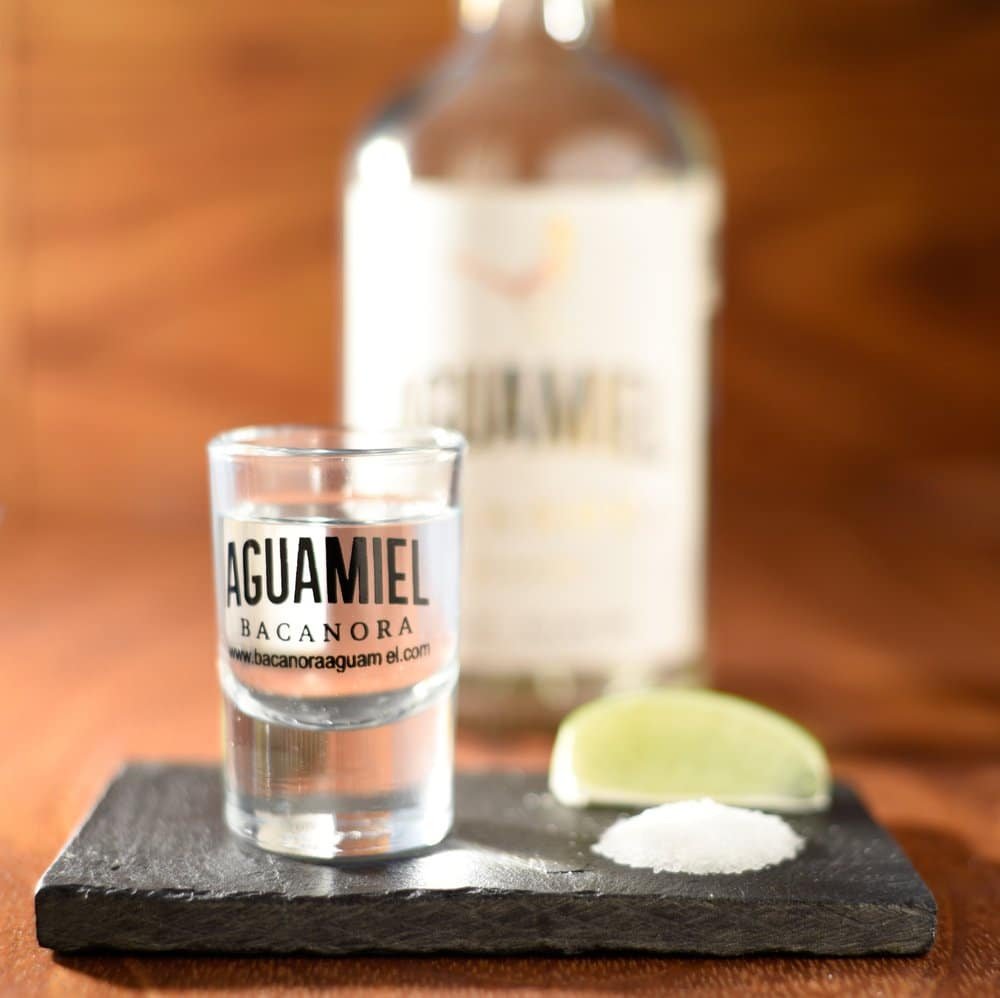
From the state of Sonora, it obtained its denomination of origin in the year 2000.
This strong spirit is similar to tequila and mezcal, but it is made with the head of the agave Pacifica only, which is endemic to Bacanora.
It is generally sold with high alcoholic volumes, but mineral notes stand out with the sweetness of the maguey’s heart when tasting it.
Charanda
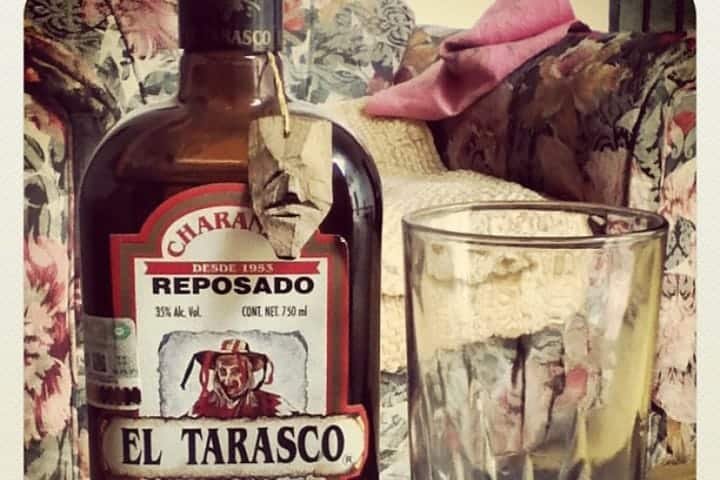
It is also a beverage with a denomination of origin and is from Uruapan, Michoacán.
Unlike all of them, this sugar cane distillate grows in the region at an altitude of 1600 to 3800 meters above sea level.
It is similar to rum, so many cocktails – like the beloved mojitos – can be substituted with charanda.
As you can imagine, the taste of this spirit is very sweet; this is because the molasses resulting from cooking the cane makes it possible to elaborate.
Sotol
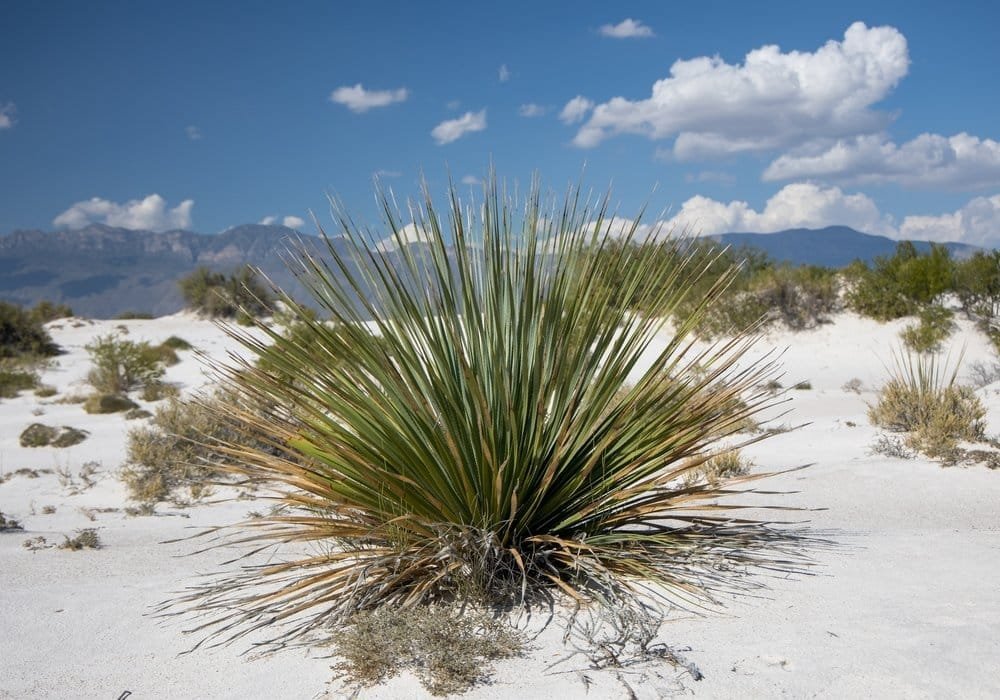
The states of Durango, Chihuahua, and Coahuila produce sotol, which also has a denomination of origin. (BTW, Mexico has a total of 32 states. Mexico’s official name is United States of Mexico).
The endemic maguey is called Dasylirion Wheeleri and is said to be a pre-Hispanic drink that was made only by Tarahumaras for many years.
The elaboration of distillates in Mexican land before the Spaniards’ arrival is uncertain and not proven; however, some investigations confirm it.
This distillate is known for its high alcohol content, so, like mezcal, we recommend taking it easy. Or, as we say in Mexico, drink it with “kisses.”
Raicilla

Jalisco and Nayarit are the two cradle states of the raicilla and recently achieved the Denomination of Origin.
Specifically, the regions of the Western Sierra include municipalities such as San Sebastián del Oeste, Tomatlan, Talpa de Allende, Mixtlan, and Mascota, among others.
It is a distillate with very high alcohol content also, so it is a drink perceived as strong.
The flavors depend on the type of agave used, but you will perceive herbaceous or green notes in general terms. You may also find incense notes because of wood distillation.
Records of this drink date back to around 1600, and it is said to be used as a medicinal remedy for its properties, fighting headaches and respiratory problems.
Up to 10 kilos of agave are needed to produce one liter of raicilla. The species used to produce it are lechuguilla, inaequidens, and maximiliana.
The alcohol content of this spirit ranges between 35% and 45% vol. (it can even go much higher if you find the moonshine version, very popular among the locals).
Comiteco
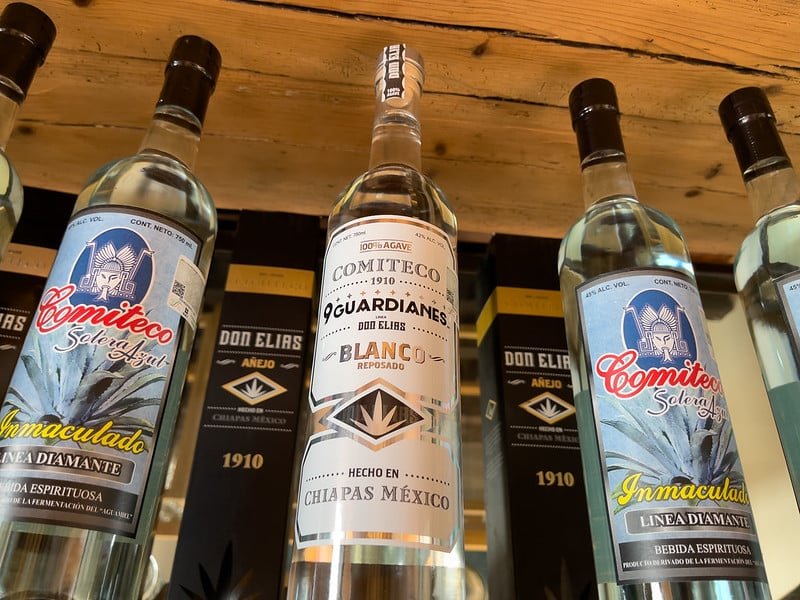
Produced from the “maguey comiteco,” a type of agave native to Comitán de Domínguez, the fourth largest city in Chiapas, Mexico’s southernmost state.
Unlike the others, Comiteco is produced by distilling fermented aguamiel, something like pulque that evolves into aguardiente (fire water).
Tuxca
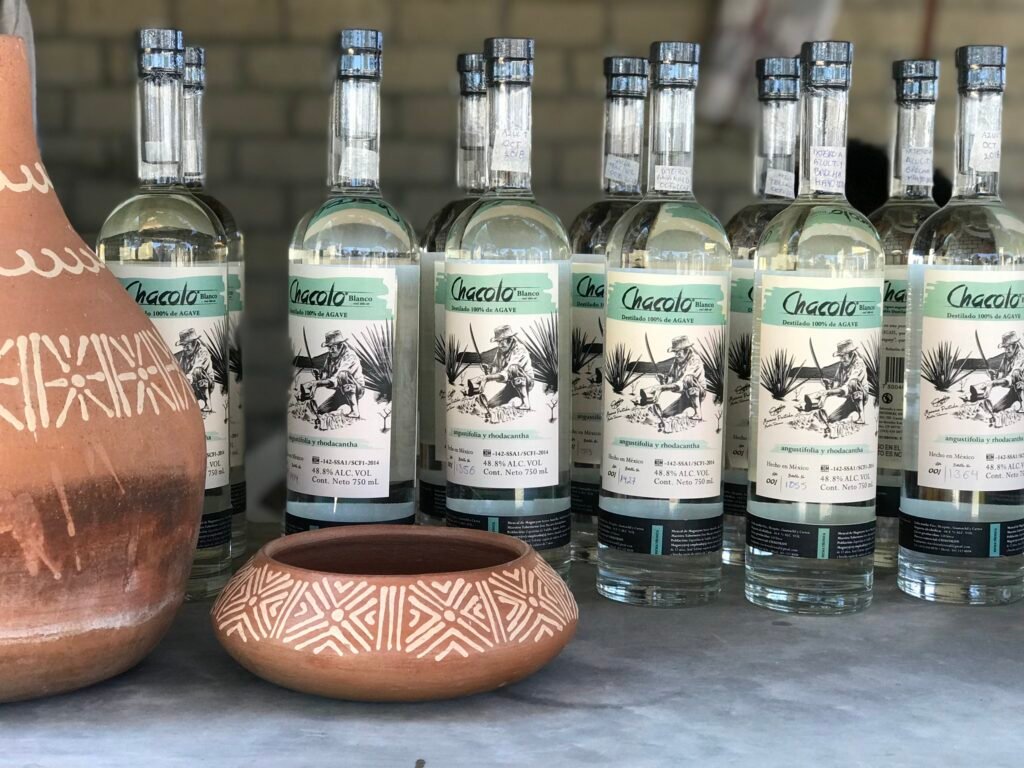
This distillate has existed since colonial times in the volcanic zone that divides Jalisco from Colima.
To elaborate tuxca, they don’t just use one single species of the maguey-agave, but rather all the ones that exist in the terroir, that is to say, more than ten types.
The cooking takes place in an oven under the ground with stones and firewood. Once the molasses is extracted, it is fermented at a low temperature.
Tuxca is then tasted in an ox horn as soon as it leaves the Philippine distiller.
The temperature changes will result in a warm, alcoholic beverage with firewood aromas and cooked agave.
Mezcal vs Tequila: Conclusion
In conclusion, exploring the world of agave spirits, from mezcal to tequila, unveils a rich tapestry of culture, history, and craftsmanship.
Both mezcal and tequila offer unique flavor profiles and production processes that reflect the diverse landscapes and traditions of Mexico.
Whether sipped neat, mixed into cocktails, or savored alongside traditional Mexican cuisine, these spirits provide an opportunity to appreciate the artistry and dedication of those who produce them.
By understanding the distinctions between mezcal and tequila, enthusiasts can embark on a journey of discovery, deepening their appreciation for these beloved agave-based libations.
I hope your doubts about these emblematic Mexican beverages have been cleared up and if you know any other differences or similarities, please share them with us. Salud!

